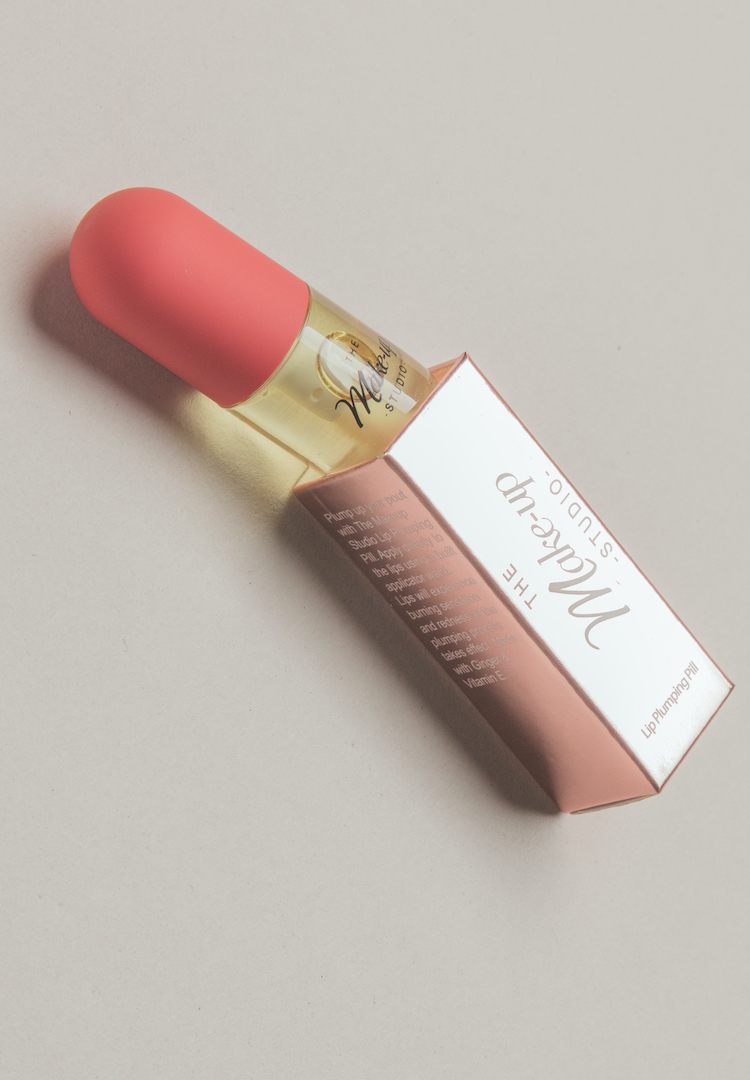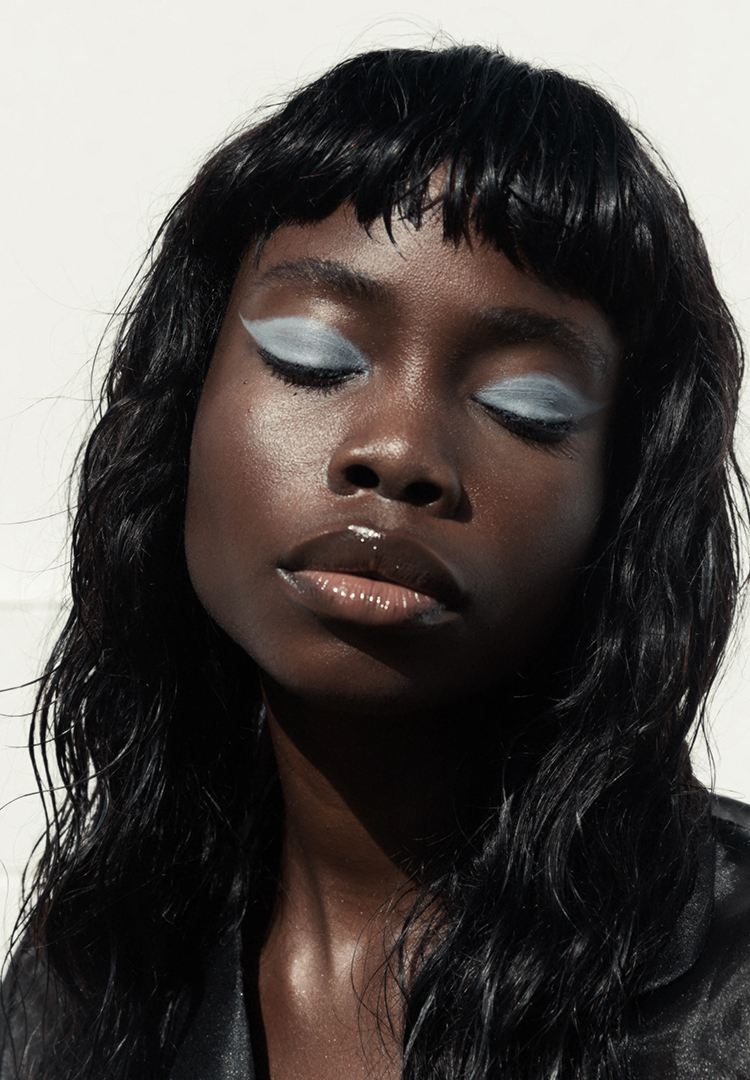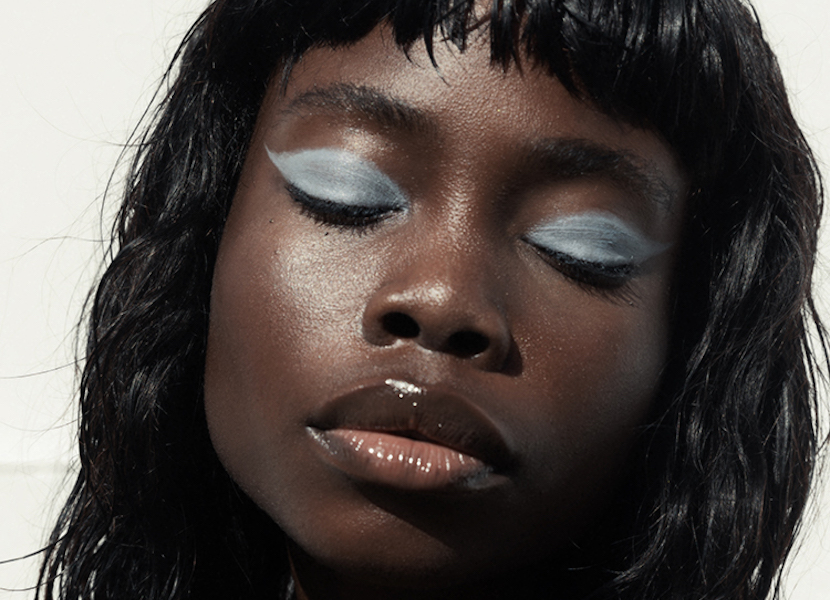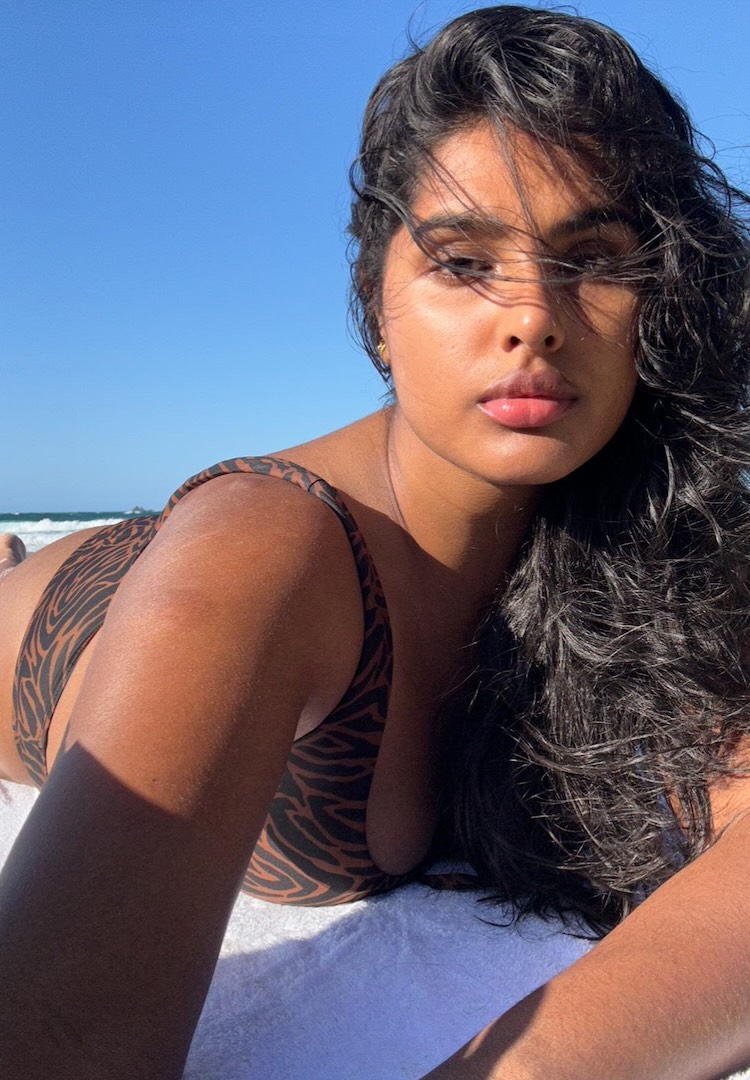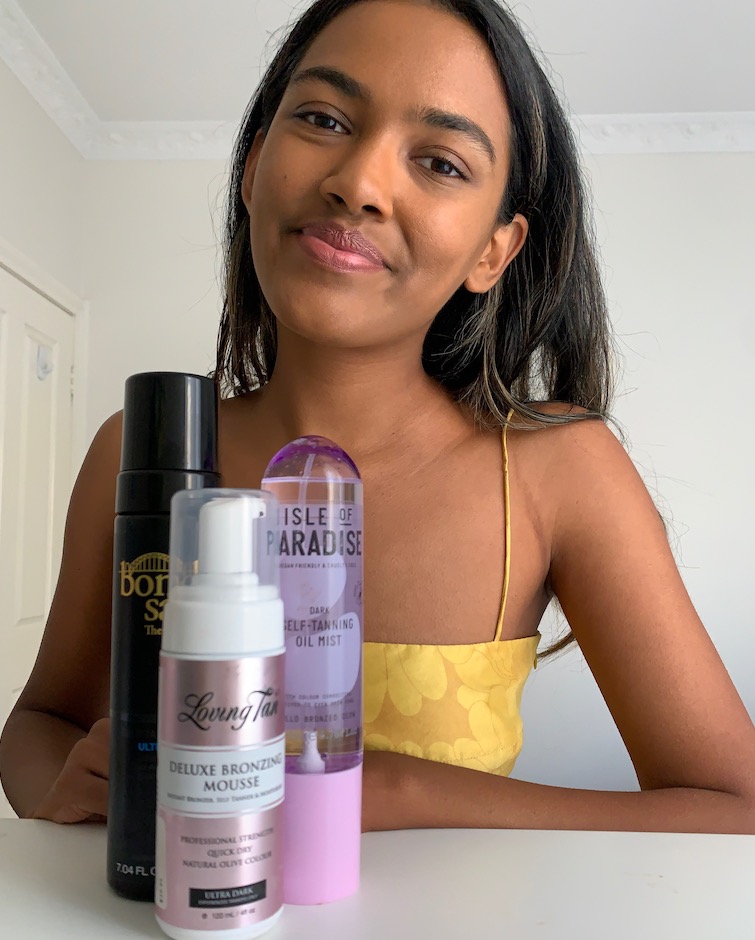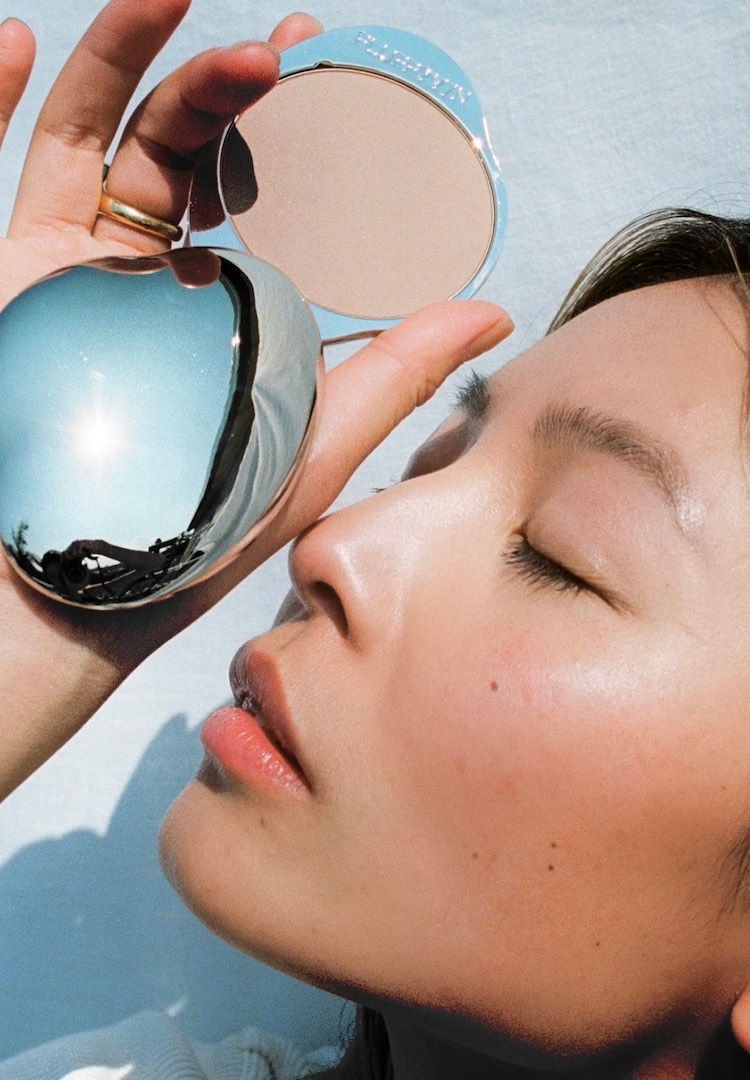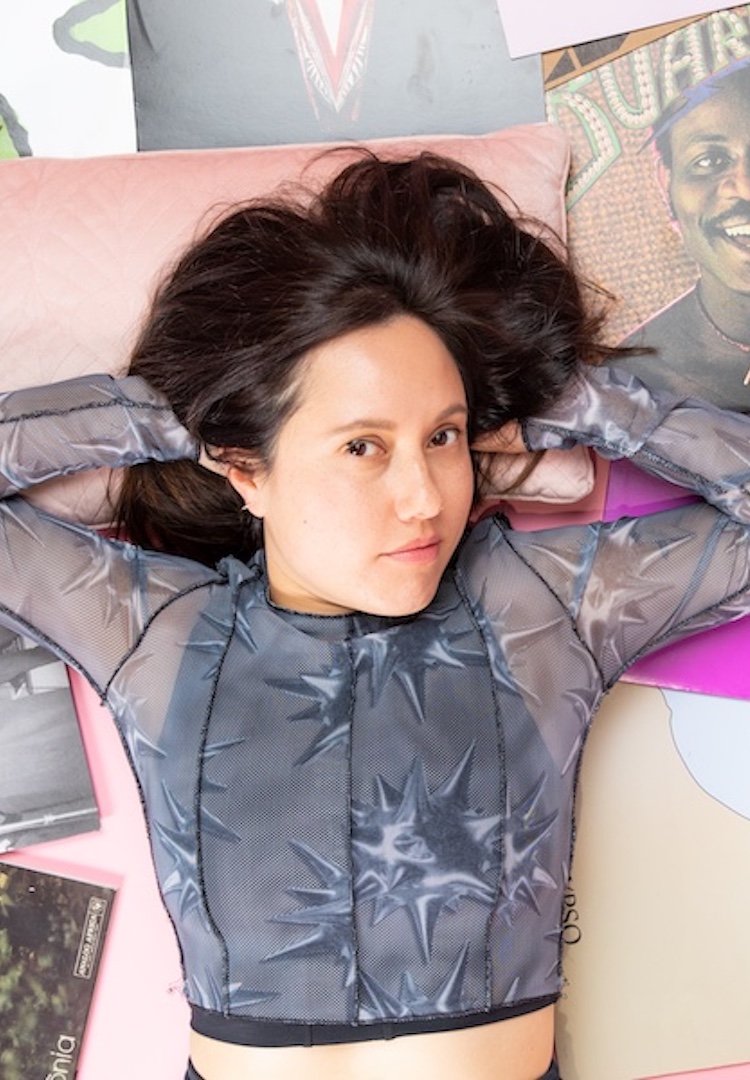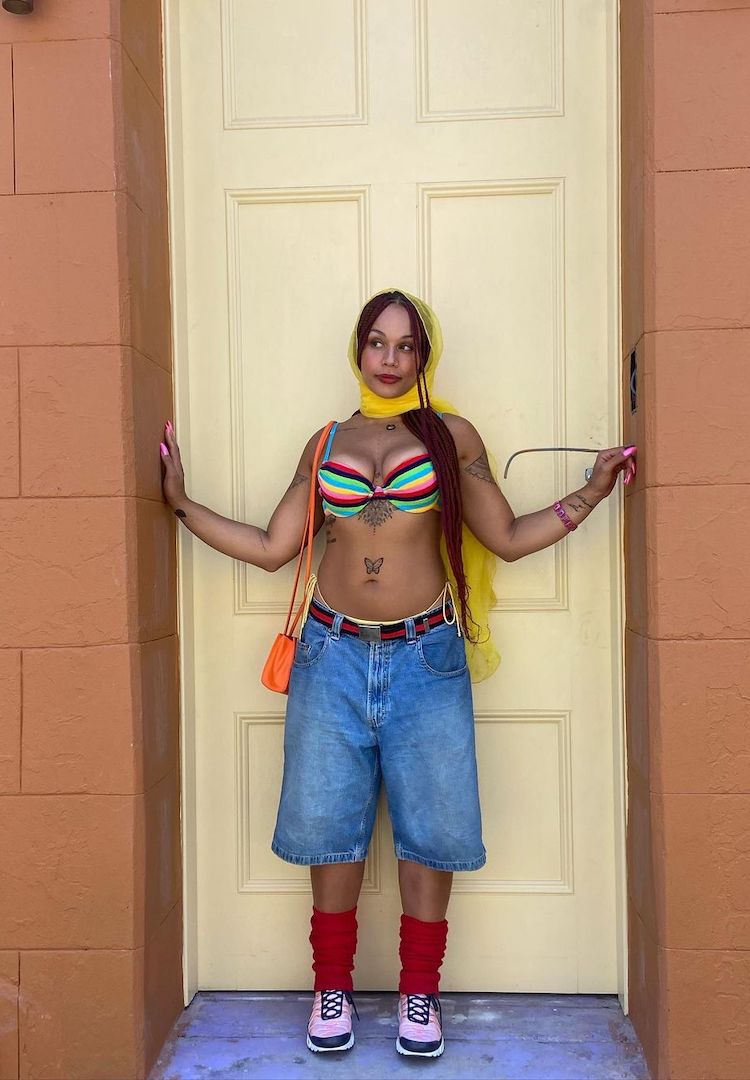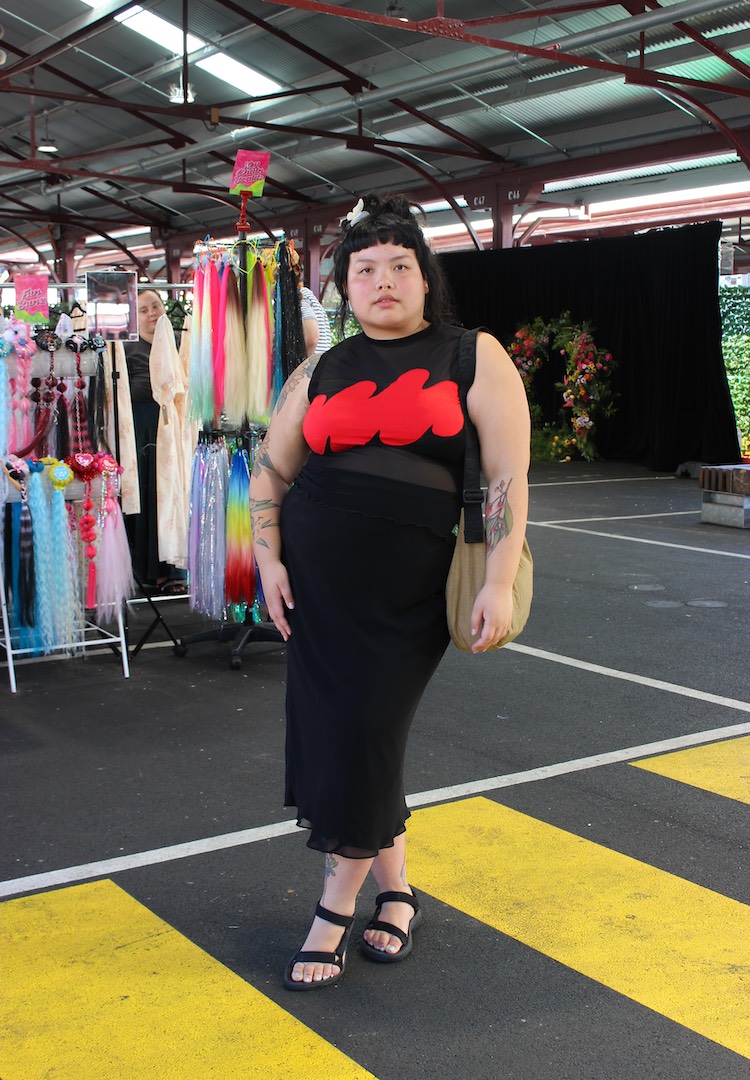It’s 2020 and the Australian makeup industry still has an inclusivity issue
PHOTOGRAPHY BY GRACE ELIZABETH IMAGES
WORDS BY ROSANNA WATTS
Things have to change.
“I feel intentionally neglected and rejected and like we don’t belong. It’s like brands are saying we don’t see you or consider you to be someone we want to sell our products to.”
These are the words of Australian-Nigerian beauty vlogger Esther Joseph, describing what it feels like to shop for affordable makeup as a woman of colour in Australia.
Affordable foundations, like the ones sold by readily-available brands in chemists and chain-retailers such as Priceline, Chemist Warehouse and Kmart, have often been criticised for having limited shade ranges.
Which is why too many Aussies, like Esther, struggle to find a foundation suited to their skin tone unless they shop more expensive brands from stores like Sephora and Mecca or go online and accept costly postage fees and brutal exchange rates.
But makeup can be an important tool for empowerment and self-expression and it’s about time it was made available to everyone, no matter their skin tone or budget.
So, what progress has been made?
Back in 2017, Rihanna dropped her Fenty Beauty line. Lauded for having over 40 shades of foundation, the brand was an instant success that ultimately sparked a much-needed global discussion on shade inclusivity. But in Australia, Fenty Beauty comes with a fairly hefty price tag and its signature Pro Filt’r Foundation will set you back $52.
Luckily, since Fenty’s release, some affordable brands have followed in its footsteps, like Maybelline which extended its FitMe foundation line to include 40 shades, as did L’Oréal with its True Match foundation.
But, as any makeup artist will tell you, adding a few darker shades isn’t enough, as undertones are just as important when it comes to finding one’s perfect match. A skin’s undertone, usually thought of as being cool, neutral or warm, is the underlying tint that influences its more obvious colouring.
According to Australian makeup artist Rob Povey, it’s crucial to take these undertones into consideration when it comes to makeup. “There is just so much nuance and variation in the undertones of darker skin, some have blue undertones, some have red, sometimes there’s even a purplish tone to certain complexions. So, 100 per cent, darker skin tones need more than just a few options.”
So, why aren’t brands extending their shade ranges?
The Australian makeup market, in particular, has an issue with inclusivity. Because Australia has a smaller population than the UK or the US, many global makeup brands like Covergirl, Revlon and Rimmel don’t always stock their full shade range in Australian stores.
In 2017, Esther approached Australian beauty store and pharmacy Priceline asking why it didn’t stock the darker shades in global brands’ ranges. The Age reported that Priceline’s general manager of merchandise at the time, Liz Webster, told Esther, “There is very low consumer demand for very dark shades and therefore the major brands have not yet felt it viable to bring the very broadest shades to our market.”
But although overseas markets might have more choice than Australia, brands across the globe, no matter the market size, have been known to use the ‘supply and demand’ excuse to justify their exclusionary business models.
In a 2017 UK campaign, L’Oréal acknowledged a lack of diversity in its foundation shades, but said that most brands failed to “Step up to the challenge, because with a population that’s still 87 per cent white, it just didn’t make business sense”.
This approach fails to acknowledge that a small percentage in a population of billions can actually mean thousands, if not millions of people. And by only considering demand in numbers, brands overlook the real impact of their business decisions.
Journalist Santilla Chingaipe recalls her long-term frustrations as a Black woman growing up in Australia. “Going to Priceline and trying makeup was like a right of passage for me as a teenager, but there were always just two [darker] shades… and so, I always felt like I couldn’t join in,” she says. “It made me feel different to my friends and not in a good way.”
Finding your perfect match shouldn’t break the bank
Affordable and locally-available brands like Australis, Covergirl and Models Prefer having limited-shade ranges means those who can afford it often end up purchasing makeup at pricier stores like Mecca, Mac and David Jones.
“I find getting makeup that matches my skin tone is expensive. Fenty coming in was wonderful, but Fenty isn’t exactly cheap,” explains Santilla. “There should be makeup available [in diverse shade ranges] that’s within reach for people, whether it’s low-income people to high income earning people.”
The other option is to go online and shop international brands which offer broader shade ranges that can’t be bought locally. As a beauty vlogger of colour living in Australia, Esther often turns to US retailers to order new products for review.
But there’s an economic barrier to shopping online that can’t be overlooked. “It costs a lot more to buy makeup online, like I’d spend about $100 to $120 on three to four items that would only cost about $50 here in Australia. And, by the time they get here from the US, one is bound to be broken,” says Esther.
But of course, this is about more than foundation
Having a broad range of foundation shades is the bare minimum as it’s important for a makeup brand to consider inclusivity in all its product lines. “There’s a really good point to be made about bronzers,” says Rob, referencing a video by popular beauty vlogger Nyma Tang.
In the video, Nyma swatches $800 worth of Sephora bronzers only to find two might be good as setting powders but none are dark enough to bronze or contour her.
“It’s absolutely not a matter of whether darker skins need a contour or bronzer, it should be an option for any consumer who is seeking that out. If someone wants to use a makeup product, it should be available to every skin tone,” Rob says.
Santilla, whose job in media means she often has her makeup done professionally, points out the importance of not only extending foundation shade ranges, but the shade ranges of all products.
“This includes lipstick, it’s not just about foundation because pigments work very differently on darker skin tones. I like a nude look… but if anyone ever does my makeup they always go for bright colours because they’re told that’s what shows best on darker skin,” she says.
Inclusivity can’t be an afterthought
Beyond the products themselves, both Esther and Santilla emphasised the importance of brands marketing their darker shades and including people of colour in their promotional outputs.
“When brands come out with products for deeper complexions, they don’t seem to feel the need to advertise them to show us: we’ve heard you, we’re looking out for you and you do matter,” says Esther.
Recent discussions about brands becoming more inclusive have reiterated that taking a tokenistic approach is not the way forward. Instead, an overhaul of existing business structures is needed so that there are more people of colour involved in important decision-making processes.
Failing to create diverse campaigns can mean brands isolate makeup lovers of colour and send the message that their brand just isn’t for them. “I was so upset when I scrolled through L’Oréal Australia’s YouTube channel,” Esther says. “I was like, ‘Where are people of colour, where are we?’”
What can we do to fix this?
The responsibility to call out brands and ask for change shouldn’t be left entirely to those directly affected by this issue. To take action, email brands, show up in their DMs and in their comment sections, asking them to make long-term and preferably public commitments to inclusivity.
You can easily use your own social platforms to speak out, something Esther frequently does on her channels. “We can’t keep talking about this for another five years,” says Esther. “It’s crazy. It’s 2020 and we’re still having the same conversation with these Australian brands. No more excuses, things have to change.”

